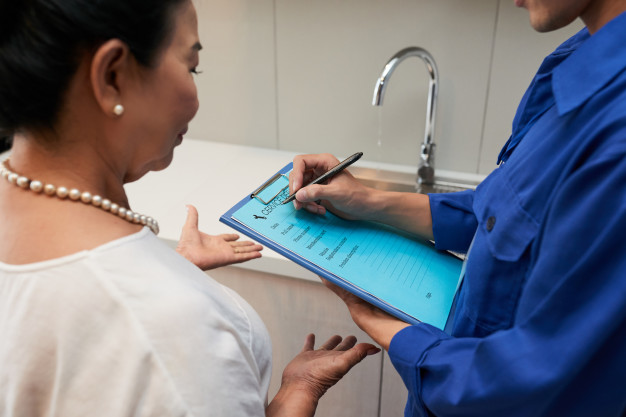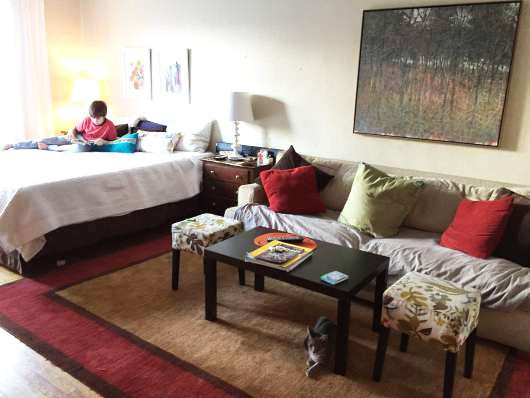There isn’t much about heating mattress pads on the Internet. At least, not the ones that provide proper guidance and explanations about the electric mattress pad. But here, we’d like to show you everything you need to know and how to make your choice between a heating mattress pad and blanket.
Let’s start with a brief introduction to most electric mattress pads. Just a brief reminder that this guide may not apply to all kinds of electric mattress pads and it may differ from one to another.
Introduction :
In order to stay comfortable and warm throughout winter nights, electric mattress pads can be of great importance. They create a warm haven for you before you sleep. Can you remember the shivers you experience from climbing on a freezing bed? That’s the kind of thing an electric mattress pad eliminates.
A single electric mattress pad uses 60-90 watts per side. That’s equal to 120-180 watts for both sides and cost around 2-3 cents if put on for the whole night. The cost can differ between states and country.
Typically, people prefer to buy electric blankets when they are faced with the choice. A blanket keeps you warm while insulating the heat in your body. We’ll delve a bit more into this topic later in this article.
Is It Safe?
The first question that many people are concerned about when it comes to electrical mattresses, pads or blankets is whether they are safe. Having electrical current running under you for the next 8 hours when you’re unconscious can sound scary. Moreover, there has been a circulating rumor that electrical blankets and pads can cause cancer.
Let’s dismiss the myth and understand the real problem of heating mattress pads.
The Myth about Cancer :
The rumor that electrical mattress pads can cause cancer isn’t new. A lot of people decided to stop using them altogether because they fear that this rumor is true. Some people even believe them to be very true and zealously preach it.
Here’s the fact: multiple studies have been done to investigate if this is true or not. So far, we know that electrical blankets and mattresses emit small electromagnetic waves and the real question lies in whether this small current can cause that big of a problem. Studies were done on electric blankets, which are more commonly used.
Two studies featured by the National Center for Biotechnology Information (NCBI), particularly on elder and younger women, showed that there is no positive correlation between breast cancer and the use of an electric blanket. Another different NCBI study creates a conclusion that there is no evidence to support that the use of electric blankets can exacerbate endometrial cancer.
Fire Hazard :
A lot of people ask if an electric mattress pad can become the cause of a fire at home. There are usually 3 factors that will lead to a fire. The first would be an external flame. If you set it on fire, it will be on fire.
The second would be an overheating system. If the weather is warm enough, don’t turn on the AC and then make that into a reason to use your mattress pad. In the case that during the night, your AC fails to perform and your pad starts heating up, it may cause a fire.
The third would be a faulty product or exposed wire. In this case, the damaged wires are exposed to the mattress pad without the insulation. It will cause a fire if not turned off right away.
Heat Stroke :
There have been a couple of heatstroke cases with electric blankets. While this may not be as dangerous or intense with mattress pads, it’s worth remembering to control the temperature of your mattress pad. Rather than turning the dial to the max just to get it warm quick, set it in a lower mode earlier to warm up the bedding.
Pregnant Women, Be Careful :
So far, a study on pregnant women that sleep with electric blanket and mattress does not show an increased rate of spontaneous abortion. However, it does suggest an increased rate of pregnancy loss during the early stage of pregnancy or conception.
It’s Effect on Your Mattress :
There’s no correct answer to this. The use of a heating pad can or cannot affect your mattress. Each manufacturer has different suggestions for its users to ensure they enjoy the maximum benefits. However, there are several things to consider.
Memory foam without gel naturally traps heat once you’re on the bed. It’s one of their unique qualities resulting from its highly dense structure. If you do not like cold brick feel when you get on the bed, raising up the thermostat before entering the bedroom and dialing it down when you sleep will work great. There are manufacturers that will tell you their memory foam mattress won’t last long with a heating pad and to do this instead.
The bigger population believes that there is some sort of negative effect when you use an electric mattress pad on your memory foam. All the money that you invested will go down the drain if you put an extra layer on top of it. There are even smaller groups that believe the extra heat will not do good to your mattress.
No known problem is seen with using a heating mattress pad on a latex foam mattress, so go ahead and use it.
All the Different Features :
Different manufacturers have different mattress pad designs. They depend on your preferences and also flexibility as well as cost.
Comfort :
The comfort we’re talking about is whether you can feel the cords on your back or not. Some electric pads are very thick and you can feel the lines of the cords running through your back. It can be uncomfortable and distracting when you’re about to sleep.
If you’re asking whether it’ll prevent you from experiencing the comfort of your original mattress, don’t worry. Most of the time, it doesn’t affect that much and you won’t be able to feel the difference if you choose a high-quality mattress pad.
On the other hand, if you’re looking for a heating pad that is also meant to replace the top of your mattress, you want to look for the ones with more padding. Several brands offer their electrical mattress pad with 9 ounces of padding to ensure comfort and you won’t feel any discomfort.
Cords and Wires :
We have to be extra safe when we’re talking about putting a pad under us that’s running on electricity throughout the night. Several electric mattress pads make it important to ensure that the power outlet is properly attached by designing a locking mechanism. It keeps the plug fit and locked and helps you sleep better with fewer worries about it.
Before buying, check out the reviews to see if there are any complaints on faulty wires or fire incidents. Such things can happen when you buy the product through delivery mode, which may mean that the damage could happen during transport. Before using, ensure that all the cords and wires are still in perfect condition. There shouldn’t be any tear marks or exposed wires.
Test the mattress pad before sleeping to ensure that there is no smoke or unusual things with your pad. Remove it immediately if you notice anything wrong.
Flexibility :
Different manufacturers, such as LatexBear, offer different types of heating options on their mattress. Some come with dials that offer various range of modes, temperature, and other features. Others may come with more limited options but still focuses on heating up the mattress for you.
Read Also :






















